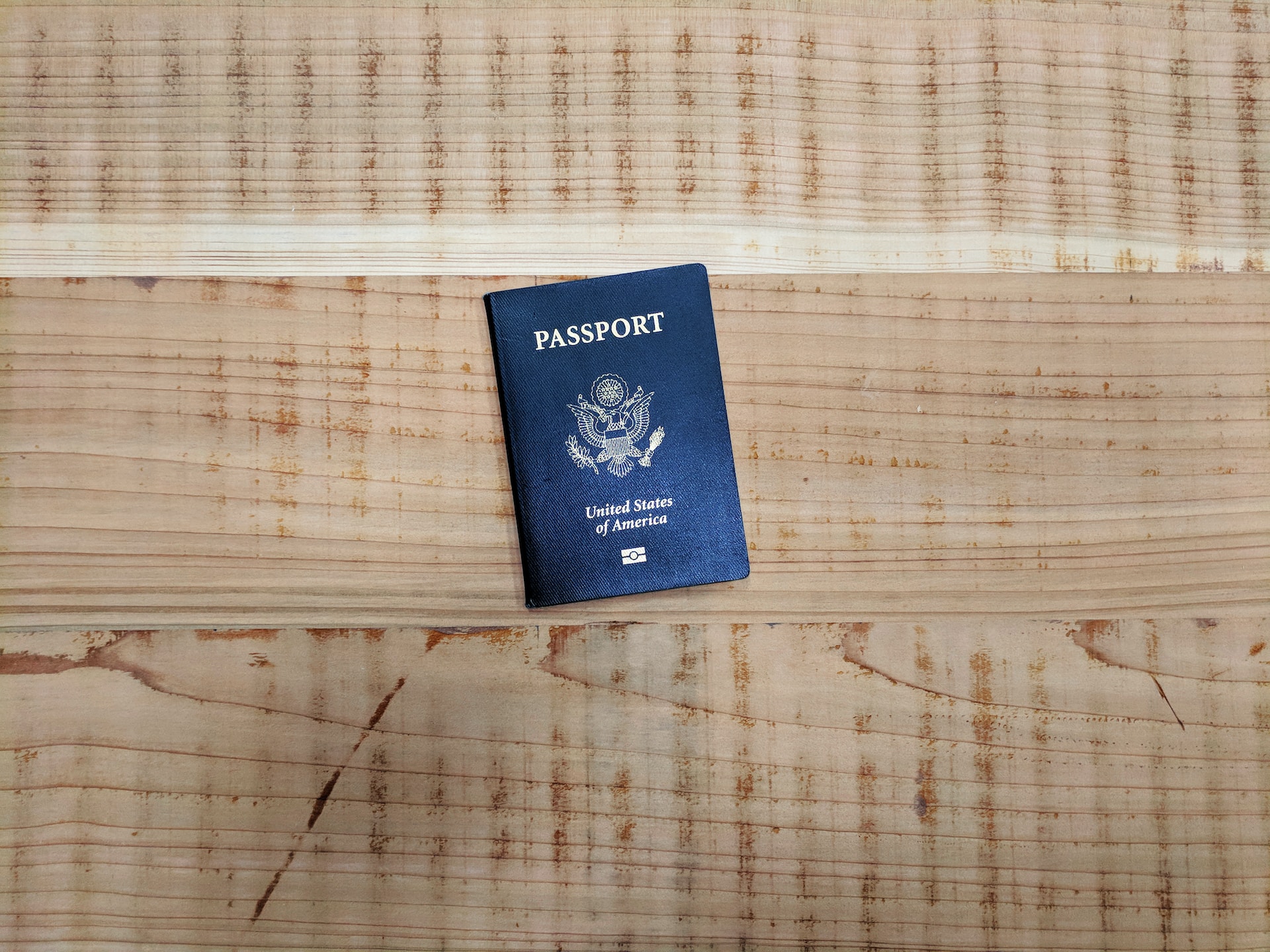The United States offers a pathway to lawful permanent residence, commonly known asobtaining a green card. This crucial document not only serves as identification but alsoconfirms the holder’s legal status in the U.S., allowing them to live and work in thecountry. Understanding the intricacies of obtaining and maintaining this status is vitalfor non-citizens seeking to make the U.S. their permanent home.
What is a Green Card?
The green card is formally recognized as proof of a non-citizen’s status as a lawful permanent resident (LPR) in the United States. More than just an ID, it’s a gateway to a plethora of immigration benefits granted by the U.S. government. The term “green card” also loosely refers to the process of acquiring permanent residency itself.
Path to Citizenship
One of the significant advantages of being a green card holder is the eligibility to apply for U.S. citizenship. Typically, a permanent resident must reside in the U.S. for at least five years before applying for citizenship. However, this period is reduced to three years if the LPR is married to a U.S. citizen, reflecting the U.S. ‘s support for family unity.

Responsibilities of a Green Card Holder
While the green card bestows many rights, it also comes with responsibilities. The holder must comply with specific conditions to maintain their status. Failure to adhere to these can result in removal from the country, highlighting the importance of understanding and respecting U.S. immigration laws.
Routes to Obtaining a Green Card
There are several ways to obtain a green card, each with its own set of requirements:
- Employment Sponsorship: One of the primary routes to a green card is through employment sponsorship. This path is ideal for individuals who possess specific skills that are in demand in the U.S. labor market. To begin this process, a U.S.employer must step forward to sponsor the applicant. This sponsorship is not just a mere formality; it involves a comprehensive process wherein the employer must demonstrate that hiring the foreign national is essential and that it does not negatively impact the wages and job opportunities of American workers. The concept of “prevailing wage” is central in this process. The employer must prove that the wage offered to the foreign national is on par with what is typically paid for similar roles in the same region, ensuring that the employment of a foreign worker does not undercut local labor standards.In certain exceptional cases, individuals with extraordinary abilities or achievements in fields such as science, arts, education, business, or athletics have the option to self-petition for a green card. This is a significant provision, a sit allows top talents to migrate to the U.S. without the need for an employer’s sponsorship, thereby contributing their skills and expertise to the American economy.
- Family Sponsorship: Another major avenue for obtaining a green card is through family-based sponsorship. This pathway underscores the U.S.’s commitment to family unity. U.S. citizens have the privilege of sponsoring their immediate relatives for permanent residency. This category includes spouses, parents, and unmarried children under the age of 21. The process involves the U.S. citizen filing a petition on behalf of the family member, followed by a series of legal and procedural steps to establish the legitimacy and priority of the relationship. The U.S. also extends the possibility of green cards to other family members, including older or married children, and siblings. However, these categories are subject to stricter scrutiny and longer waiting periods due to caps on the number of green cards issued annually in these categories. The prioritization is lower compared to immediate relatives, reflecting a tiered approach to family-based immigration.
- Refugee or Asylum Status: Refugees and asylees represent a distinct category in the green card application process. Individuals who have fled their home countries due to persecution, or fear of persecution, on account of race, religion, nationality, membership in a particular social group, or political opinion, may seek refuge or asylum in the U.S. After being granted refugee or asylum status and residing in the U.S. for one year, these individuals are eligible to apply for a green card. This path is a testament to the U.S.’s longstanding tradition of offering sanctuary to those in need of protection. The process involves not only the establishment of refugee or asylum status but also ensuring that the applicant and their family members can smoothly transition into permanent residency, recognizing the unique challenges and circumstances they have faced.
The Green Card Application Process
The process of obtaining a green card can be complex and lengthy, particularly for employment-based immigration. It involves several steps, including:
- Labor Certification: Under the Program Electronic Review Management (PERM), U.S. employers must obtain an approved labor certification from the Department of Labor (DOL). This certification ensures that there are no sufficient U.S. workers available for the job offered to the non-citizen.
- Filing with USCIS: Once the labor certification is approved, the employer files an Immigrant Petition with the United States Citizenship and Immigration Services (USCIS) before the certification expires.
- Additional Steps: Following the petition, other steps like adjustment of status and consular processing are required before the actual issuance of a green card.
Specificity of Different Green Card Paths
It’s important to note that the process described above primarily pertains to employment-based immigration. The procedure varies for family-based, refugee, or asylum status green cards, as do the processing times.
Seeking Legal Advice
Given the complexity of immigration laws and the variability in green card processing times and requirements, consulting with an experienced immigration attorney is highly advisable. An attorney can provide tailored advice and guidance, helping applicants navigate the intricate landscape of U.S. immigration policy.
Economic and Social Impact of Green Cards
Green cards not only affect individual lives but also have a broader economic and social impact. For the U.S. economy, green card holders contribute significantly. They bring diverse skills and talents, especially in sectors facing labor shortages or requiring specialized expertise. Additionally, as lawful permanent residents, they pay taxes and contribute to social security, bolstering the nation’s financial health. Socially, green card holders enrich the cultural fabric of the U.S., bringing in new perspectives and helping to build diverse communities. Their journey towards citizenship often involves integrating into American society, learning English, and understanding American civics, further fostering a diverse yet unified national identity.
 Challenges and Controversies in the Green Card Process
Challenges and Controversies in the Green Card Process
The green card process is not without its challenges and controversies. One major issue is the backlog and processing delays, which can be frustrating and anxiety-inducing for applicants. Additionally, the limited number of green cards issued each year leads to a competitive and sometimes uncertain process. There are also debates surrounding the criteria for green card eligibility, particularly in employment-based categories, and the balance between protecting domestic labor markets and attracting global talent. These complexities highlight the ongoing dialogue about immigration policy in the U.S. and the need for a system that is both efficient and fair.
Technological Advancements in the Green Card Process
Technological advancements have begun to streamline the green card application process. The USCIS and other related agencies are increasingly adopting digital solutions for application submissions, status tracking, and communication with applicants. These tech-driven improvements aim to enhance efficiency, reduce paperwork, and make the overall process more transparent and user-friendly. However, applicants should still be prepared for a process that can be time-consuming and complex, as many steps involve legal and bureaucratic procedures that technology has not yet fully simplified.
The Role of Green Cards in U.S. Immigration Policy
The green card system is a cornerstone of U.S. immigration policy. It represents a balance between the country’s need for foreign talent and labor and the protection of its national borders and workforce. As policies and global circumstances evolve, so do the criteria and processes for obtaining a green card. These changes reflect the U.S.’s ongoing efforts to maintain a robust, fair, and effective immigration system. For those seeking to become lawful permanent residents, staying informed about these changes is crucial for a successful application process.
Conclusion
In summary, obtaining a green card in the U.S. is a multifaceted process that opens the door to permanent residency and eventual citizenship. Whether through family, employment, or refugee/asylum status, each pathway has specific requirements and steps. Understanding these processes, staying compliant with the conditions of permanent residency, and seeking professional legal advice when necessary are key to successfully navigating the journey toward becoming a lawful permanent resident in the United States.

